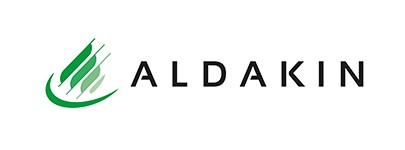During the manufacturing of metal parts for sectors as diverse as aerospace, wind-power, nuclear, automotive and naval it is required to perform the grinding of certain surfaces of complex parts, which are the parts that have significant curvatures, high quantity of material to be removed or strict geometry tolerance requirements. There is a large market opportunity for a system that can produce a robotized grinding solution by tackling its current limiting factors.
Parts from operations such as casting, welding or additive manufacturing are regularly ground with abrasive tools to clear imperfections, provide regular surfaces or bring them into final tolerances. This has been performed manually by skilled operators using manual tools, but it is a tedious and physically demanding operation generating fatigue and frustration. Robots have taken over many grinding operations on simple parts, but robots are not yet capable of successfully grinding complex parts with significant curvatures where the tool partially loses contact with the surface or extended grinding time turns tool wear into a significant issue. The goal of GRINDBOT project is to develop a robotic tun-key solution for the grinding of complex metal parts that includes:
1) A robotic system performing a fully controlled grinding process in terms of material removal and verification of final part thickness for zero-defect manufacturing.
2) Grinding process simulation software including automatic trajectory generation and optimization to minimize set-up time, maximizing robot performance.




